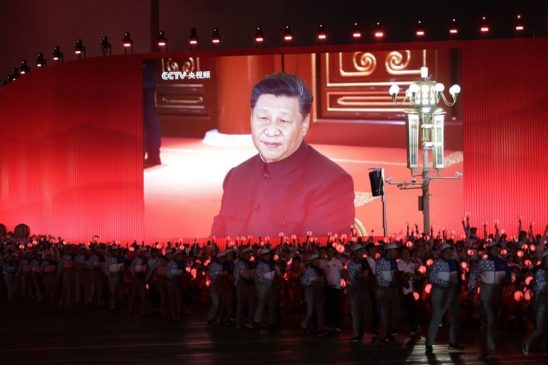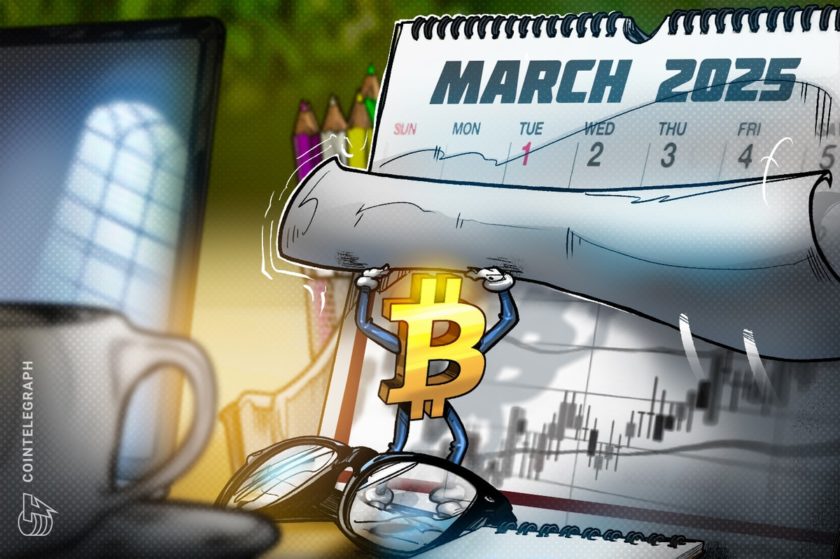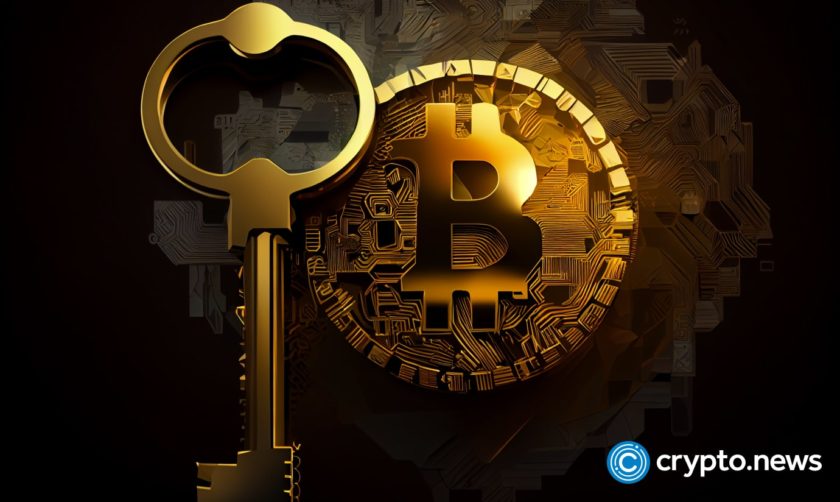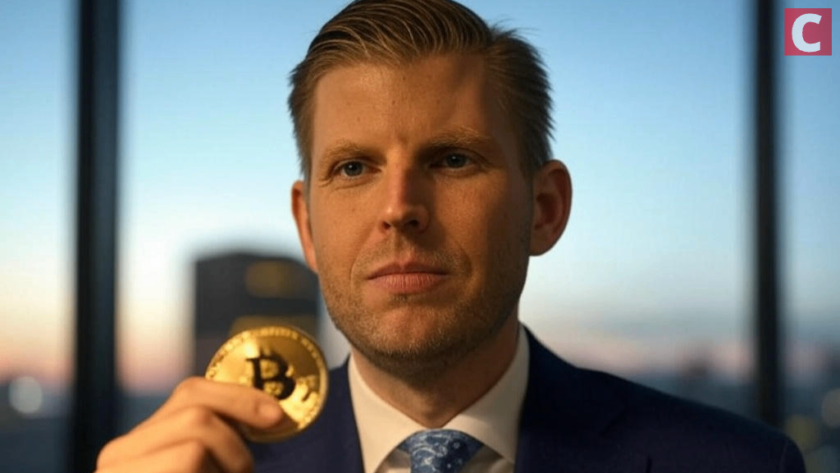- The Dow Jones Industrial Average (DJIA) flatlined on Friday.
- China’s aggressive new Hong Kong policy proves that Beijing is calling Trump’s bluff.
- Uncertainty over U.S.-China hostilities blunted optimism about coronavirus vaccine trials.
The Dow Jones Industrial Average struggled on Friday as U.S.-China tensions breached a new level of hostility.
Beijing unleashed an unmistakable challenge to President Donald Trump. The outlines of a redux of last year’s nasty trade war appear to be materializing on the distant horizon, and a stock market that’s desperate to seize on any snippet of positive news suddenly finds itself trapped in the crossfire.
Jim Cramer, a longtime hedge fund manager best known for hosting “Mad Money” on CNBC, has long been hawkish on China. But even he is concerned that the timing of this conflict could brutalize an economy that is already sinking fast.
I think we should hold off on another trade war until the economy’s in better shape.
If Donald Trump is playing a game of chicken, he hasn’t flinched yet. But as Beijing quickly moves to reassert control of Hong Kong, it looks like Xi Jinping is calling his bluff.
Dow Struggles as U.S.-China Hostilities Weigh on Stock Market
The U.S. stock market traded cautiously on Friday morning, opening narrowly higher before bleeding into the red.
As of 9:33 am ET, the Dow Jones had dipped 74.91 points or 0.31% to 24,399.21.
The S&P 500 and Nasdaq suffered similar pullbacks, edging 0.25% and 0.19% lower.
Beijing Unleashes Aggressive Hong Kong Policy
Wall Street is nervously watching what’s unfolding in Hong Kong, and investors are holding their breath as they anticipate a White House response.
As Bloomberg reports, China is taking aggressive steps to assert control over Hong Kong, bypassing the semi-autonomous territory’s legislature to institute controversial national security laws that pro-democracy activists say threaten civil liberties.
One Hong Kong lawmaker called it the “saddest day in history,” while another bemoaned it as the “end of Hong Kong.” But it’s just the latest evidence that tensions between Washington and Beijing are racing toward an inflection point.
The U.S. has long defended Hong Kong’s autonomy, and legislation approved last year empowers the federal government to impose sanctions on Chinese officials who threaten that self-determination.
Stock Market Could Suffer If Tensions Get ‘Serious’
David Bahnsen, the chief investment officer at the Bahnsen Group, wrote Thursday evening that the apparent hostility between the White House and Beijing is “real,” even if it hasn’t yet been priced into the stock market.
It would be a mistake to say investors have ignored these escalations. But Wall Street has largely treated the Twitters jabs and “policy sprinkles” for what they are: political posturing.
Bahnsen said that would change if the war of words devolves into a genuine conflict.
The question for investors will be if and when politically palatable China legislation (or even rhetoric) gets serious, as opposed to merely peripheral. The market right now has absorbed jawboning and “policy sprinkles,” but I am less confident the market would take it well if it seriously escalates.
Could Beijing’s aggressive Hong Kong policy represent the beginning of “serious” hostility? That’s what a Dow Jones with substantial exposure to mainland China is waiting to find out.
U.S.-China Tensions Blunt Dow Jones Optimism over Moderna Trial
All this uncertainty blunted the optimism that accompanied Dr. Anthony Fauci’s praise of Moderna’s “promising” coronavirus vaccine trial results.
Those results had launched the Dow toward a breathtaking rally of more than 900 points on Monday, but the market struggled to build on those gains after experts raised questions about precisely how positive the results really were.
If Trump is the United States’ “cheerleader,” then Fauci has been its straight shooter. His remarks will carry weight in a stock market anxious to price in a “return to normal” – whatever that means – and price out the threat that subsequent “waves” of COVID-19 present to the future of the economy.
This article was edited by Sam Bourgi.




